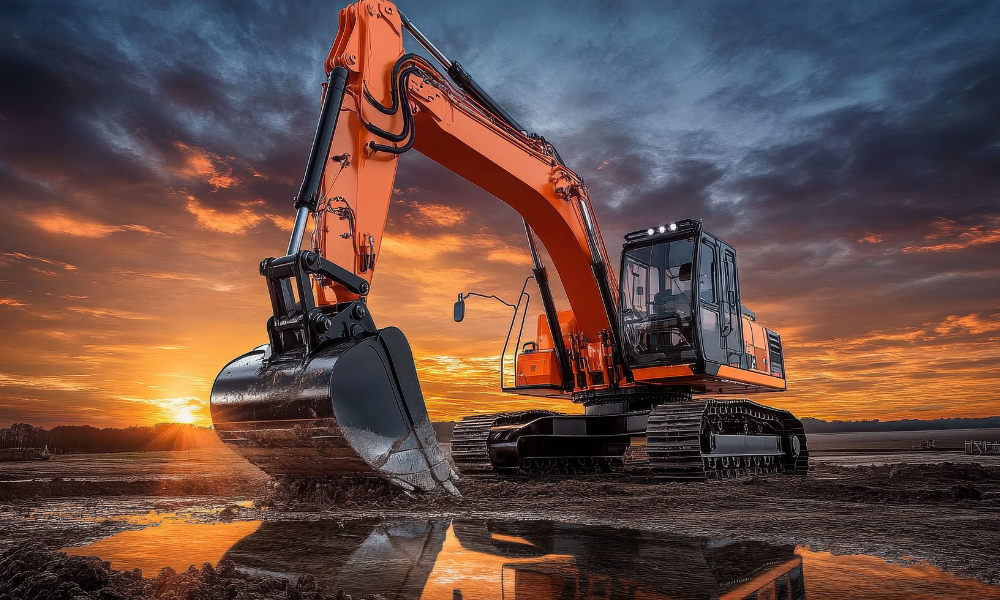Why safety leaders need to have empathy and engage with workers

More so than ever before, employee wellness and mental health have been top of mind for safety professionals. Though worker wellness is far from being a new concept, the pandemic has pushed for a better understand of the impacts of the workplace on employees, and a realization that to enhance ones safety culture, organizations need to do more to support worker mental health.
“We’ve been through this wellness journey for a very long time, so we had that foundation in place,” says Mara Notarfonzo, Vice President – Total Rewards, CAA Club Group. In 2021, CAA Club Group won Canada’s Safest Employers Award for Best Wellness and Psychological Safety Program.
Notarfonzo says that the organization is “obsessed” with safety. During the pandemic, the entire workforce was redeployed to work from home about a week before the official lockdowns. “We were lucky enough that we had the technology and mobility to executive this within a day.” But this was the easy part, she says. Because as the pandemic settled in for the long term, what happens to an organization’s culture? And how does this change impact worker wellbeing?
“How do you work differently? How do you keep those connections with people? I think what was very important and very clear was the message from the top, which is that we’re all in this together. We’re going to get through this, we need to be kind to each other and kind to ourselves – because change is difficult,” says Notarfonzo.
During the pandemic, the organization was able to go virtual with a number of its wellness initiatives – including an app to encourage healthy behaviours while driving social connections within the company.
Notarfonzo says that the organization leveraged technology to bring its workers together and get them the services that were needed. For example, CAA partnered with a telehealth service. There was already something in place before the pandemic, but she says that it became “critical” to offer this with COVID.
The organization also put into place a virtual Cognitive Behavioural Therapy (CBT) program which helps for various conditions including insomnia, anxiety, addiction. “Our wellness programs were very employee-focused,” says Notarfonzo, taking into account employees’ families as well.
We have spoken at length about how critical good leadership is for worker safety. At CAA, leaders across the board were encouraged to communication with employees, “because it’s those connections that keep us together,” says Notarfonzo. “We were very clear on what our purpose was, making sure that we were taking care on the safety and wellbeing of our employees.”
Being a leader in safety is “leading with empathy, and having those conversations to understand what people are dealing with. How you accommodate or provide flexibility for one is very different for others.” This is why it is so important to have a wealth of wellness programs for workers to choose from, says Notarfonzo.
“Prior to COVID, leaders were more rigid, and they had to learn. This is a great example of situational leadership. You’re thinking on your feet, and you’re trying to help someone come up with a solution in the moment.”





